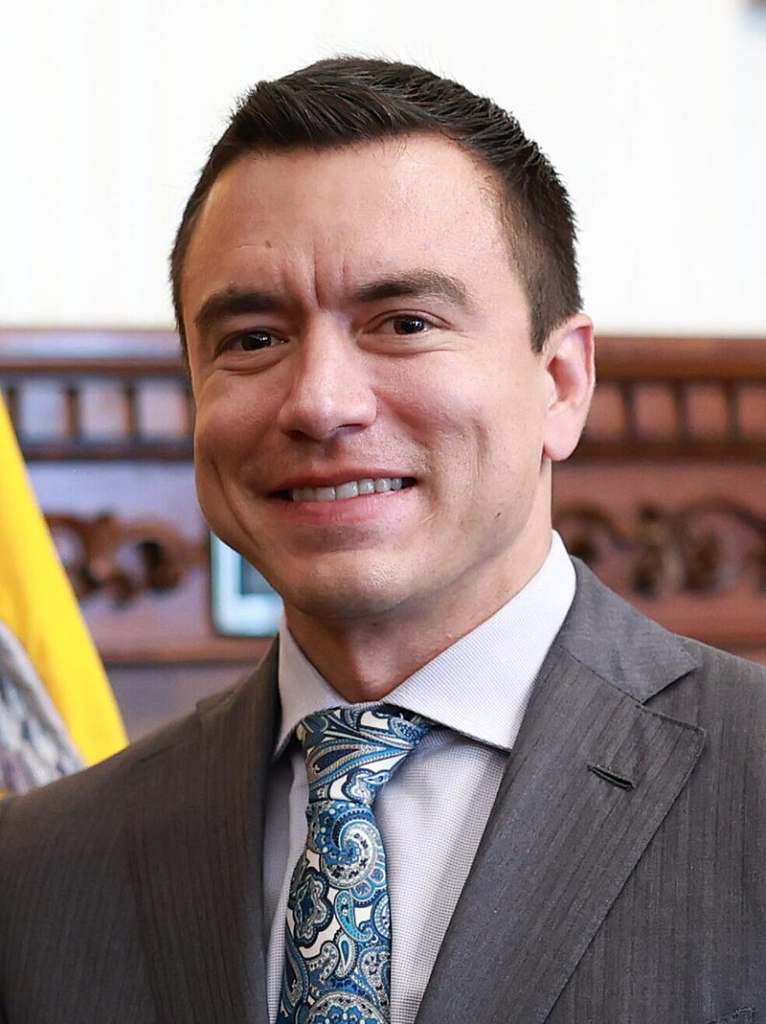The Mexico Daily Post has an interesting article describing the way Mexican President Claudia Sheinbaum has handled relations with U.S. President Donald Trump.


From the Mexico Daily Post article: “Claudia Sheinbaum has achieved what no experienced head of state or world leader has achieved: public praise from US President Donald Trump. The Mexican president has also managed to reach an understanding with the Republican, with whom she has held nine telephone conversations during this six-year term.”
Sheinbaum is not the only leader of another country that Trump has publicly praised. But it is true that Trump has spoken well of her and that Sheinbaum has appeared to have gained Trump’s respect.
“Trump—chief executive of the most powerful country in the world due to its economic dominance, as well as its military and technological capabilities—has described Sheinbaum as a wonderful, fantastic, and even tough woman. He has also shown his respect on more than one occasion for Mexico’s first female president.”
And this despite the fact that they have not met in person.
“Claudia Sheinbaum’s successful negotiations with Donald Trump have earned her headlines in US media outlets, such as the Financial Times. Also in Europe, Sheinbaum’s composure with Trump has been surprising, as they have never seen a head of state who has remained equable in the face of the Republican’s attitudes.”
Actually the Financial Times is British, but close enough.
“Furthermore, the Mexican president was selected by Time magazine as one of the 100 most influential people in the world in 2025, whose annual list was published on April 16.”
Congratulations on that, Madame President.
And the tariffs?
“This September 1st, Claudia Sheinbaum completes 11 months in office, and containing the United States’ tariff policy is one of the main achievements of the first part of her administration, thanks to her ‘cool head’ strategy.”
“The Mexican president has managed to avoid the tariffs announced by Washington on three occasions—on February 3, March 6, and July 31—after negotiating directly with Trump, the antagonist of several nations who has aggressively confronted the leaders of major powers.”
“On that last date (July 31), they agreed to suspend the implementation of the 30 percent tariffs on Mexican products—except automobiles, steel, and aluminum—after a 40-minute phone call. They agreed to a 90-day period to work on a long-term agreement between the two nations.”
According to the Mexico Daily Post, Tump and Sheinbaum have spoken nine times.
“After the ninth conversation between the two leaders, the Republican emphasized the understanding with Sheinbaum.”
“ ‘I just concluded a telephone conversation with the President of Mexico, Claudia Sheinbaum, which was very successful in the sense that we are getting to know and understand each other more and more. The complexities of an agreement with Mexico are somewhat different from those of other nations due to both the problems and assets on the border,’ the US president explained on his Truth Social account.”
There’s more in the article, if you want to read it all, click here.













